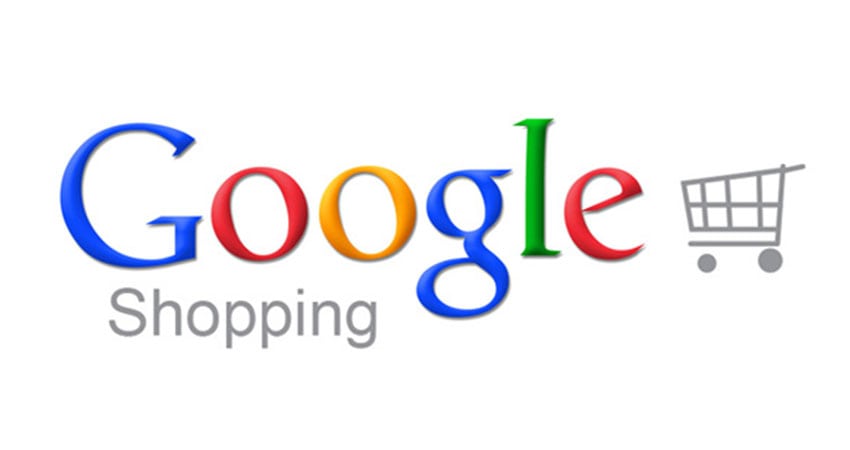Google is making products people browse across its world more shoppable, including the ubiquitous browser, Google Images, YouTube and the redesigned Google Shopping platform, in an effort to better monetize online activity a la Instagram and Pinterest.
With this redesign, the Google Express app will now be merged into the Google Shopping app. Purchase options include online from the merchant, in store and directly from Google itself.
Shoppers are given a personalized Google Shopping homepage where they can filter based on features, attributes and brands, read reviews and watch product videos. A blue shopping cart icon shows them where they can make the purchase, including functions for returns and customer support.
Merchants can share their products across Google Shopping, Google.com and the Google assistant. Later this year, it will be expanded to YouTube and Google Images.
Shoppable ads on Google Images will allow merchants to highlight multiple products within a sponsored ad. Merchants can optimize their ads in Google Shopping by choose whether ad campaigns appear on Google.com, Images Search, YouTube or elsewhere across the web.
Merchants now using Shopping Actions for Google Assistant will be part of the new Google Shopping experience. They can also use Showcase Shopping Ads, a highly visual format incorporating lifestyle imagery, to drive traffic to their own sites. These ads were previously available on Google Shopping, and are now expanding to Google Images, the feed on Discover and will be available later this year on YouTube. Google said it has seen 80% of traffic from Showcase Shopping ads to retailer sites come from new visitors discovering the brands.
Google said it has had over 2 billion store offers mapped to physical store locations globally, discovered by its current local ad formats like local discovery ads.
The new Google Shopping also allows merchants to give ecommerce customers the option of store pickup. To participate they need to create product landing pages that show when store pickup is available, and provide a local inventory feed so shoppers know which items are in stock. They can also indicate which items can quickly be shipped to store for pickup. According to Google, 45% of global shoppers buy online and pick up in store.
In 2018, Google rolled out Smart Shopping Campaigns, using machine learning to optimize performance based on goals, with shoppable ads showing up on Google.com, image search, YouTube and sites across the web.
In addition to optimizing for online conversions, Smart Shopping campaigns will soon allow merchants to optimize for store visits, including displaying local inventory information. Merchants will need a product feed, a remarketing list and conversion tracking to launch the first campaign. They can join through an ecommerce platform integration like Shopify or Magento.
A Shopping Campaigns with Partners feature allows brands to use their own ad budget to promote certain top products in retailers’ campaigns.

